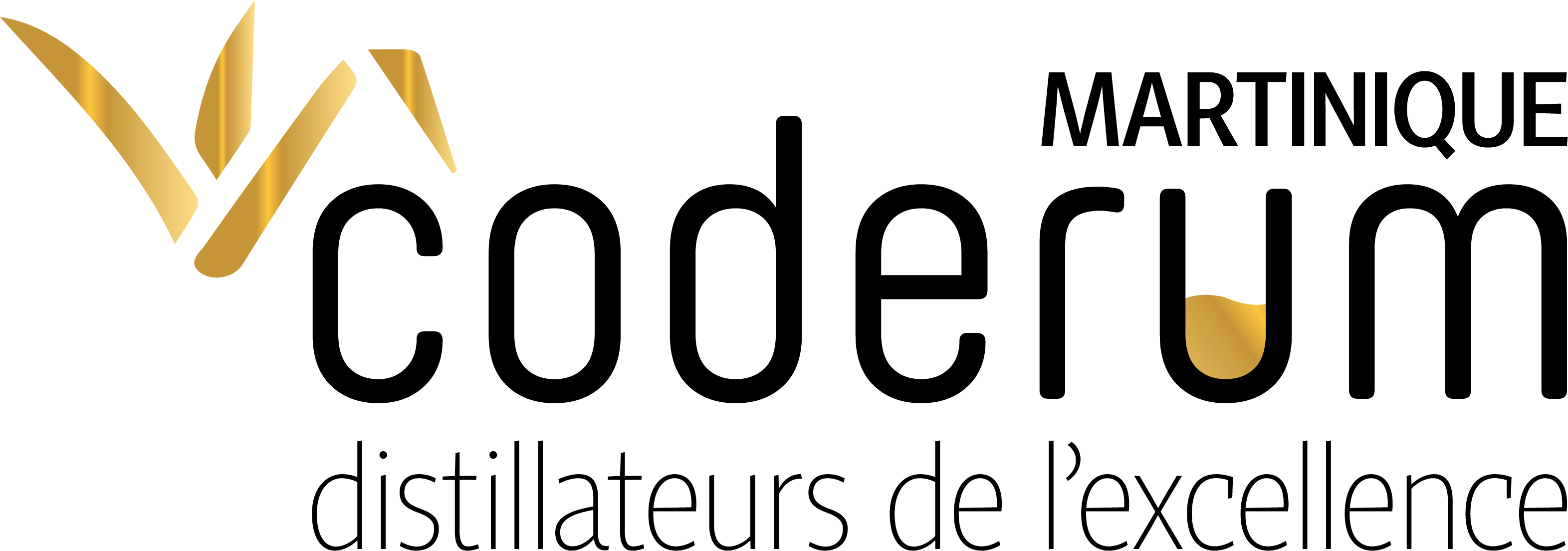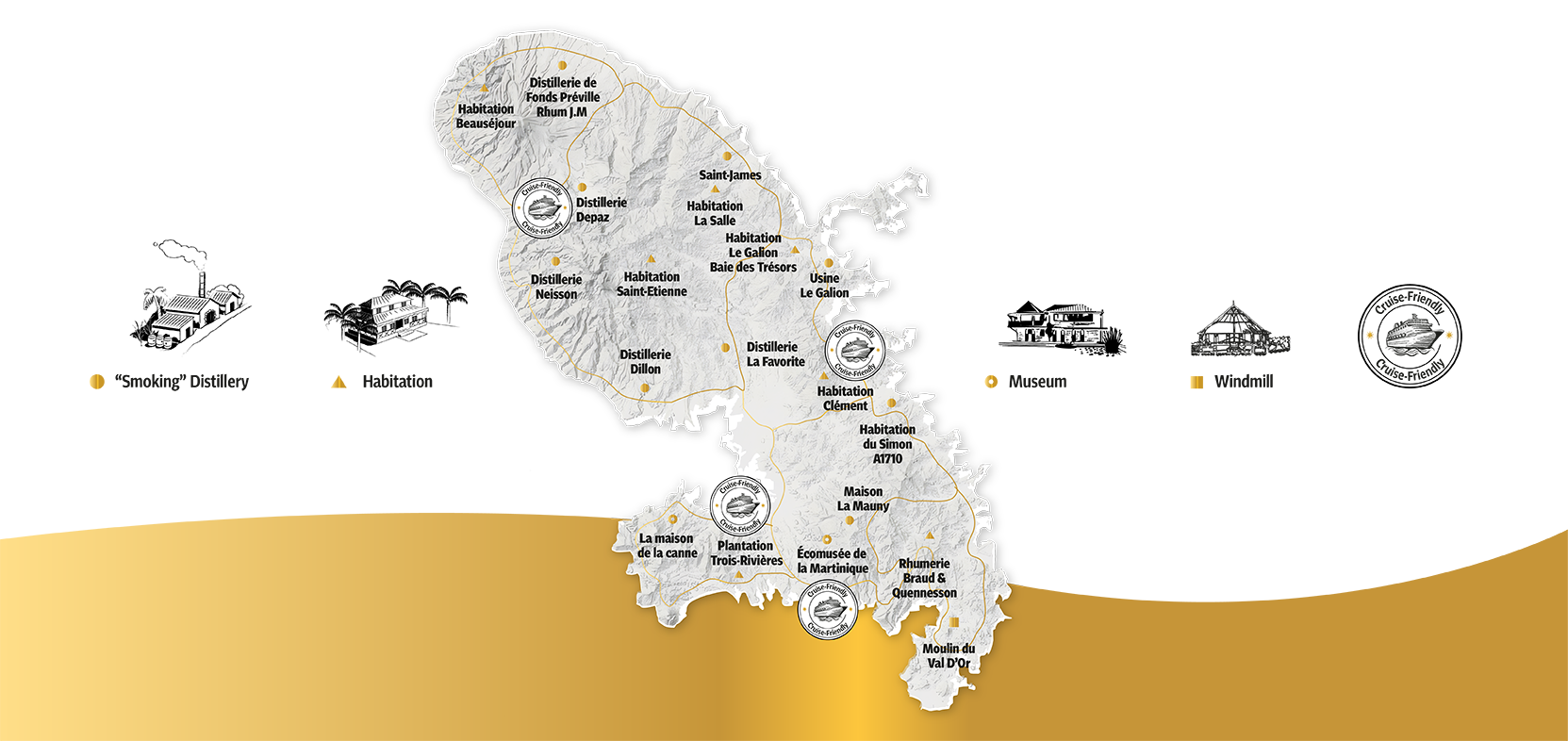
MARTINIQUE CODERUM
Distillers of excellence promoting the World Capital of Rhum
CODERUM is the organization that regroups all the rhum distillers and cane sugar producers existing in Martinique. Its goal is to promote Martinique as the world capital of rhum, to develop the rhum market at home and abroad and to protect the local producers.
CODERUM was founded in 1960, following all the mutations the industry has faced in the last century : the sugar crisis of 1945, the 1955 decree to reorganize the rum industry etc..
Today, the Sugarcane/Sugar/Rhum sector represents 200 planters, 3891 hectares planted in sugarcane, more than 2200 direct and indirect jobs, 16 millions liters of white rhum produced every year.

THE AGRICOLE RHUM FROM MARTINIQUE
THE ONLY AOC RHUM IN THE WORLDThe rhum from Martinique is unique. It is unique because of the famous “sleight of hand” gained by the island’s distillers, after generations and generations of transmission and development of their know-how. It is also unique because of its AOC label, the only rhum producing country in the world to have one. Unique indeed, because of the relentless passion that drives professionals from the industry to take it even further.
White or aged, rhum is always agricole in Martinique, which means it is made from pure sugar cane juice as its base material and not from molasses like its other counterparts.
All the existing distilleries in Martinique are oriented toward the production of rhum agricole and 90% of them have the Appellation d’Origine Contrôlée. The Appellation d’Origine Controlée (AOC) is the French equivalent to EU’s Protected Designation of Origin (PDO)
To obtain this rare privilege, the rhum agricole from Martinique had to fit in all the drastic specifications required by the French INAO, the National Institute that delivers the AOC.
The rhum agricole from Martinique is exported in more than 100 countries.
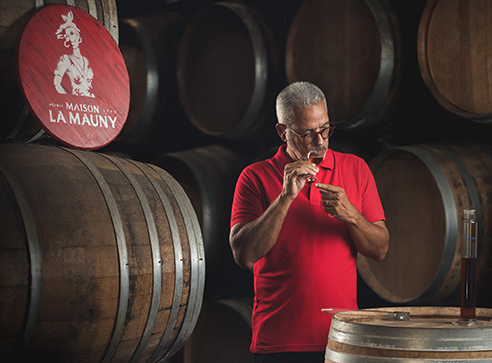
The saga of rhum and sugar in Martinique has spurred a rare know-how and expertises that ranges across 15 different craftsmanship that combines technique, tradition and transmission : wheelhouse operators, distillers, chemists, tonneliers, cellar master, assembler and taster…
OUR KNOW-HOW MAKES THE DIFFERENCE
Every step in the production of rhum agricole is the same in every distillery : collection of freshly cut sugarcanes, crushing, juice collection, fermentation and then distillation.
But every distillery has its own “sleight of hand” for fermentation, distillation or the aging of its rhums.
But every distillery has its own “sleight of hand” for fermentation, distillation or the aging of its rhums.
THE CHOICE OF ECO-RESPONSIBILITY
The rhum industry in Martinique is eco-responsible across its value chain. It’s one of the only martinican industries to be self-sufficient in its energy production since it relies on bagasse(the waste of crushed sugarcane) as a renewable heating source for its boilers and thermal power plants.
With 1 ton of sugarcane, you produce 300 kg of bagasse that can produce up to 130 kWh. Other experimentations in terms of renewable energy production have also been conducted with great success : the use of residual mash to create biogaz through the process of methanisation ; phytoremediation through the usage of the technique of lagooning but also the use of biological control since the 1980’s to get rid of the Borer Larva whose infestation was destroying all the sugarcane plants.

Visit outstanding sites
Welcome to the world capital of rhum !Because sugarcane tells the history of Martinique
Because it shapes the landscape of the island to this day
Because it is both heritage and future
Because between February and June, the entire island of Martinique exhales the perfumes of burnt canes and warm sugar
Because rhum agricole Martinique is the only AOC rhum in the world
J.M DISTILLERY
ANOTHER WAY TO DISCOVER RHUM
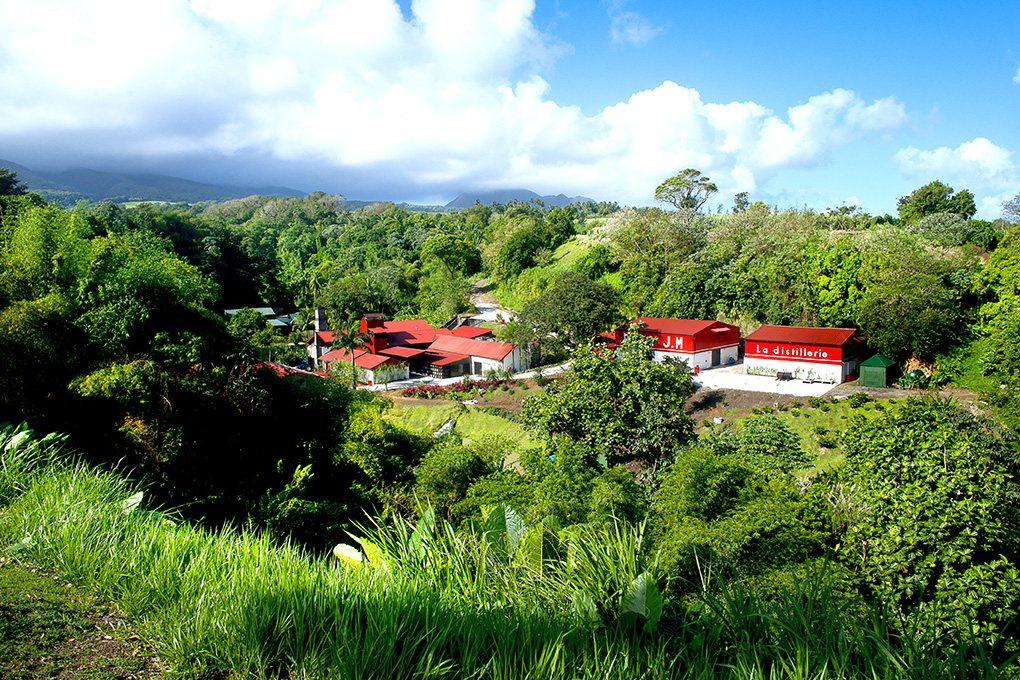
J.M Distillery : when contemporary architecture meets rhum tradition ! For the renovation of this small distillery nestled within the River Roche valley, choice was made not to rebuild it as is but to revisit it with striking architectural choices. This new architectural approach enhances our visitor’s experience, but also modernizes the distillery as a whole. This combination of authenticity and modernity makes the J.M. Distillery a highly imaginative place to visit on the northern part of the island.
SAINT-JAMES,
THE SOUL OF A COLLECTOR
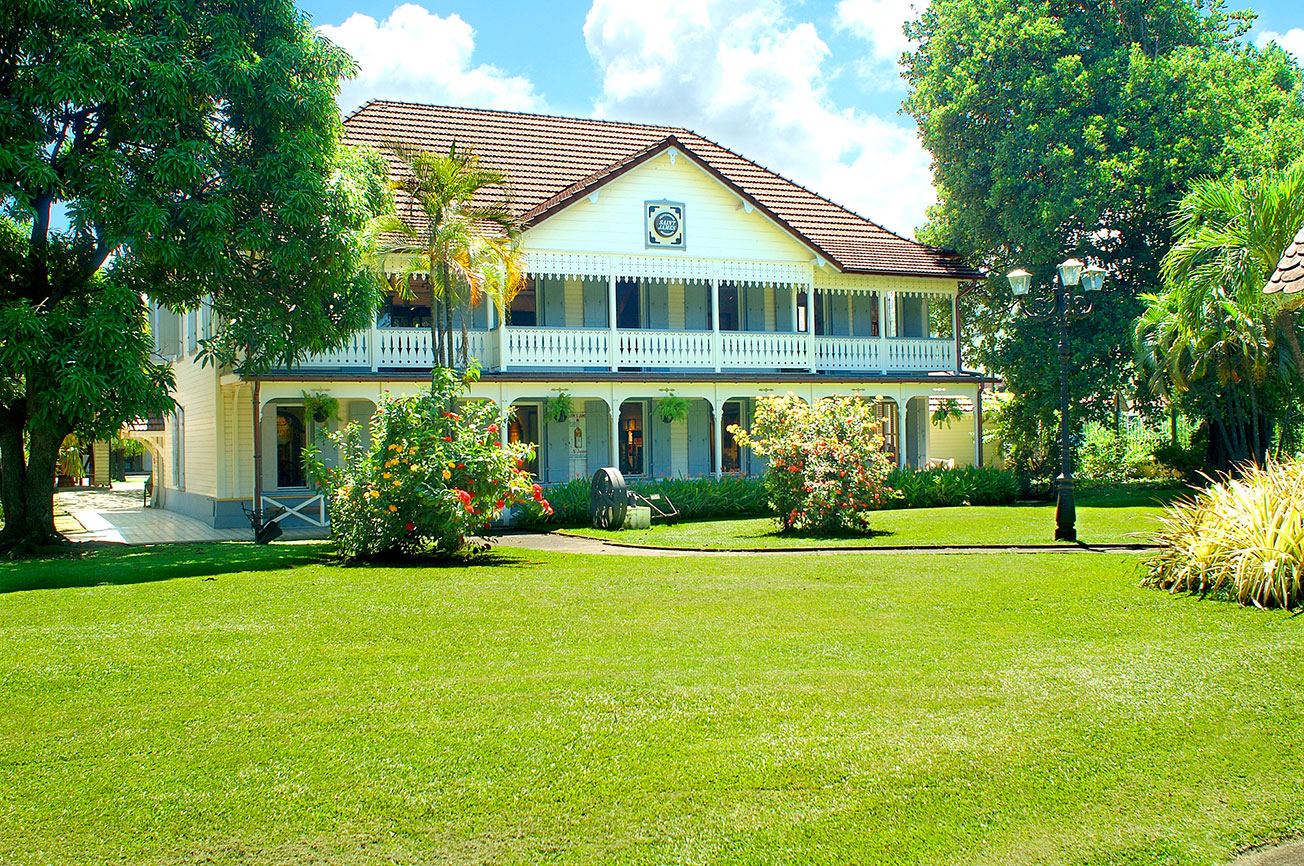
With its “smoking’ distillery and museum spaces, Saint-James allies with simplicity and authenticity the production of agricole rhum from the distillery and the one of the most impressive collection regarding the history of rum worldwide. To visit Saint-James is to dive into a rum experience from its past to its future, from one world to the other without transition.
HABITATION LA SALLE
SUGAR AND RHUM IN
MARTINIQUE AT THEIR ORIGINS
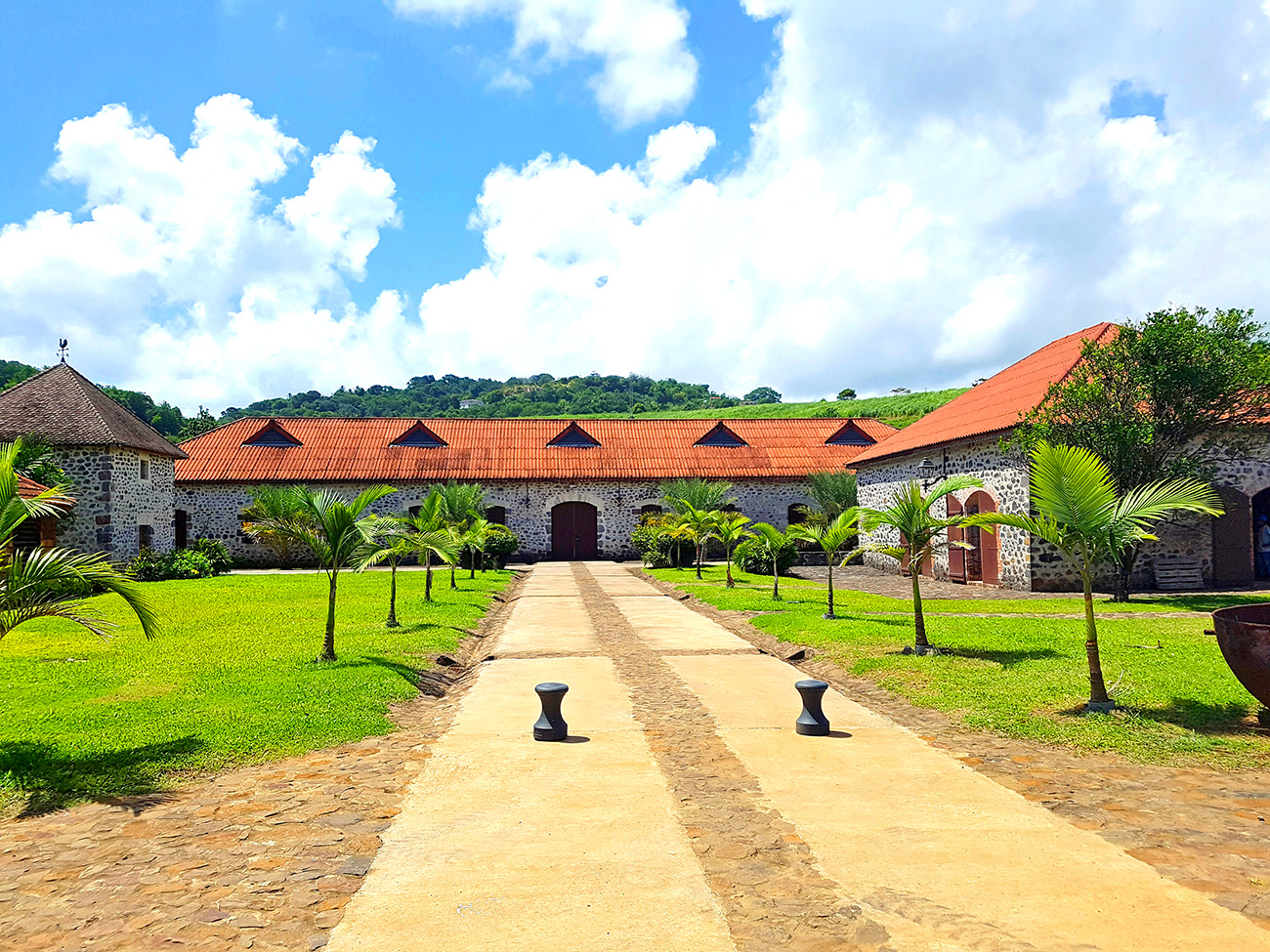
Habitation La Salle in Sainte-Marie is a three-century-old sugar habitation and factory that has been recently fully renovated. On this brand new site visitors can travel into the past and discover all the manufacturing processes of that era.
LE GALION SUGAR FACTORY
THE HEIR TO THE SUGAR MAKING
TRADITION IN MARTINIQUE
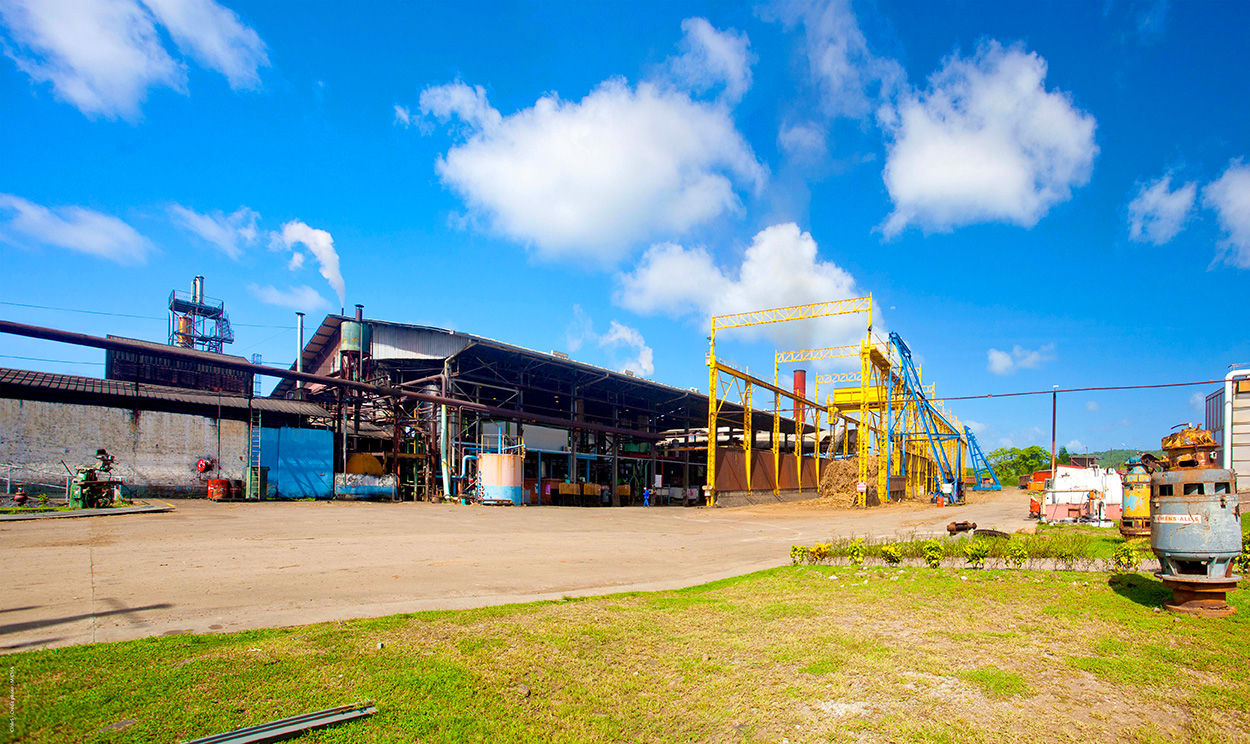
The Galion sugar factory is the only of its kind still working on the island having survived the economic crisis of both the 19th and 20th centuries. Nestled between the Caravelle Peninsula and Le Robert’s Bay, proudly standing next to the river of the same name, it is the proud and only inheritor of an age-old know-how : the transformation of the sucrose contained within the sugarcane stem into brown sugar.
HABITATION DU GALION
A GREAT LADY FULL OF CHARM AND CHARACTER
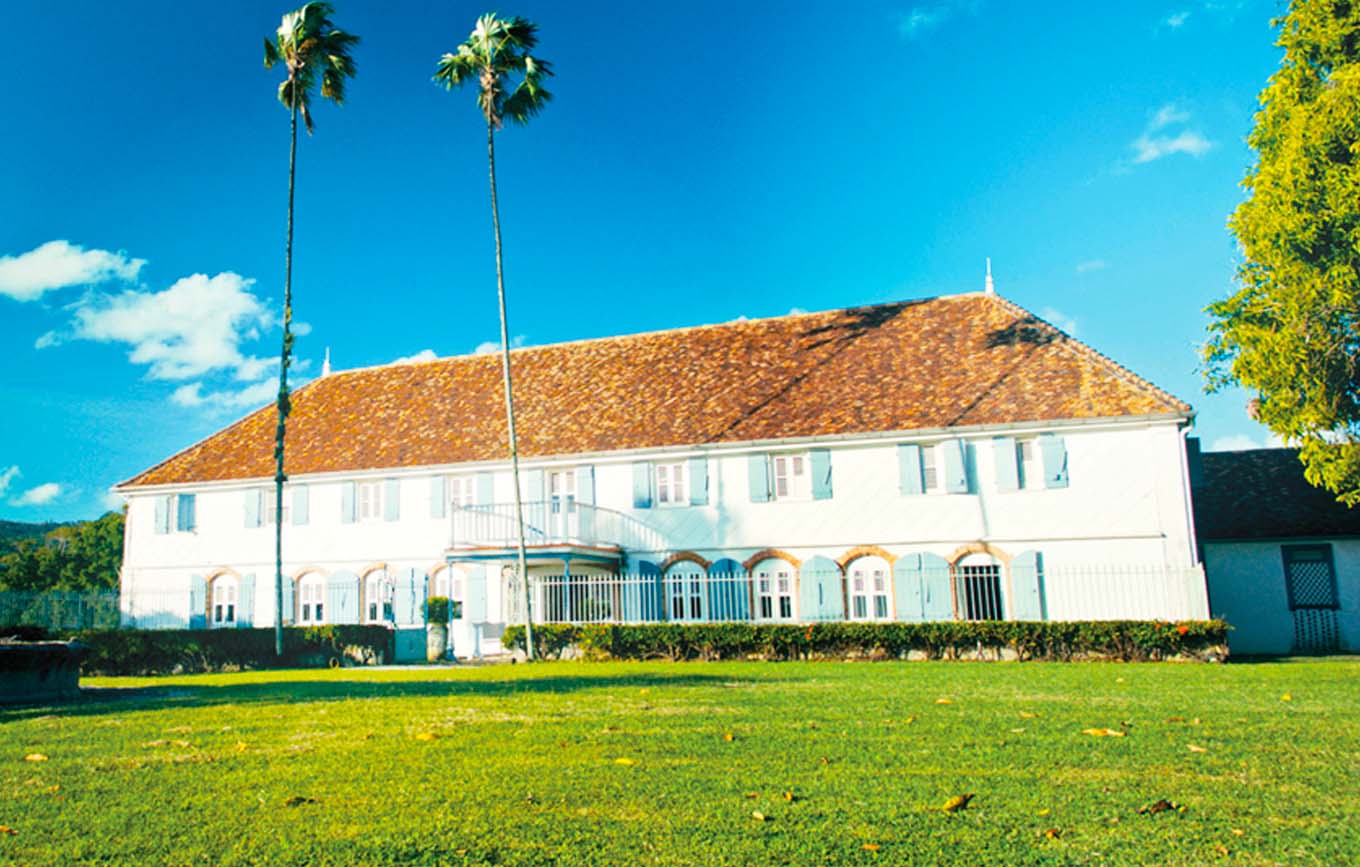
HABITATION CLÉMENT
A 360 APPROACH TO CREOLE CULTURE AND HERITAGE
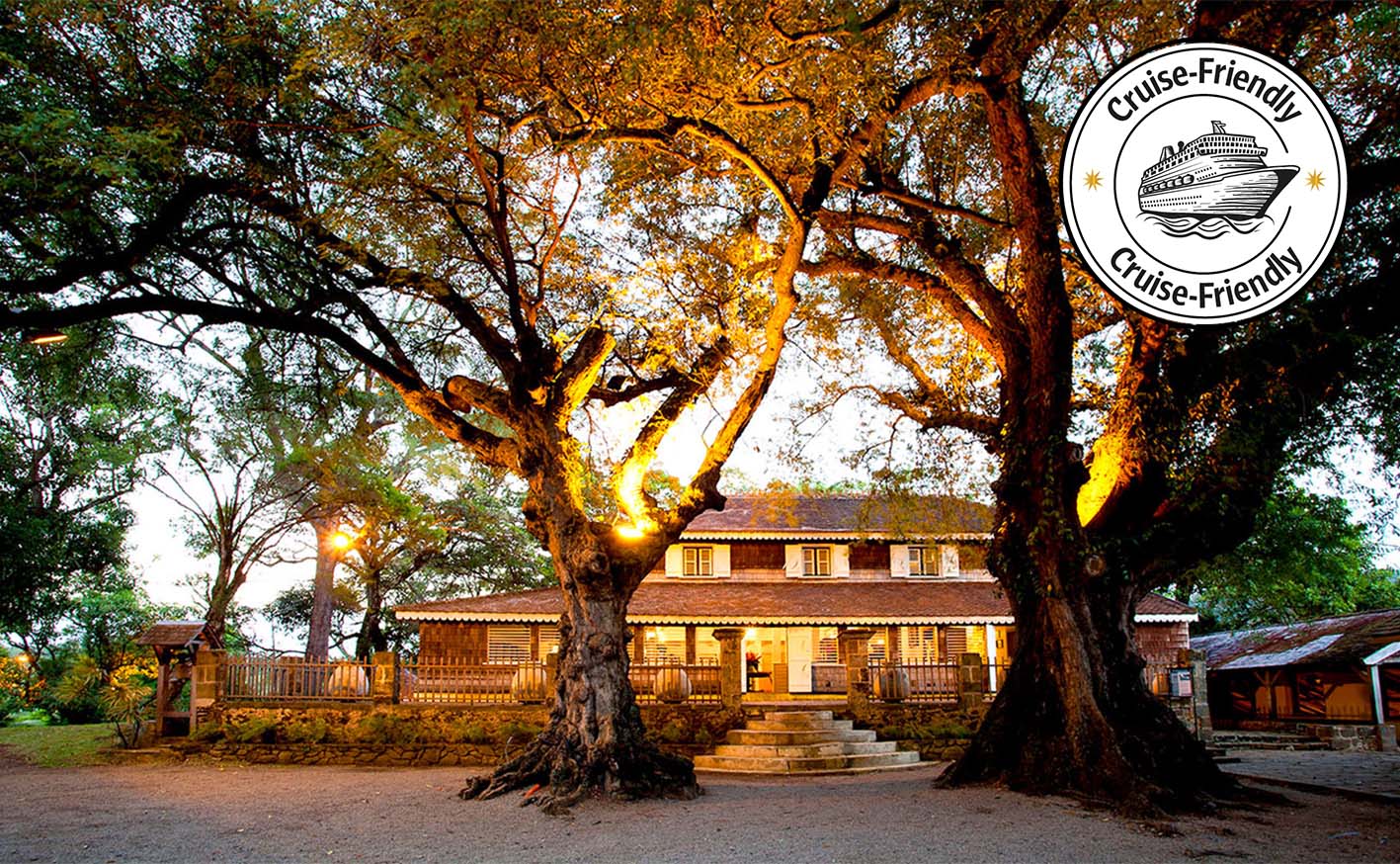
Martinican heritage, whether architectural, industrial, botanical, or historical, deploys itself in all its richness and all its states on the Habitation Clément. It is one of the most visited sites in Martinique with more than 200 000 visitors every year.
HABITATION DU SIMON
A SECOND LIFE WITH A1710
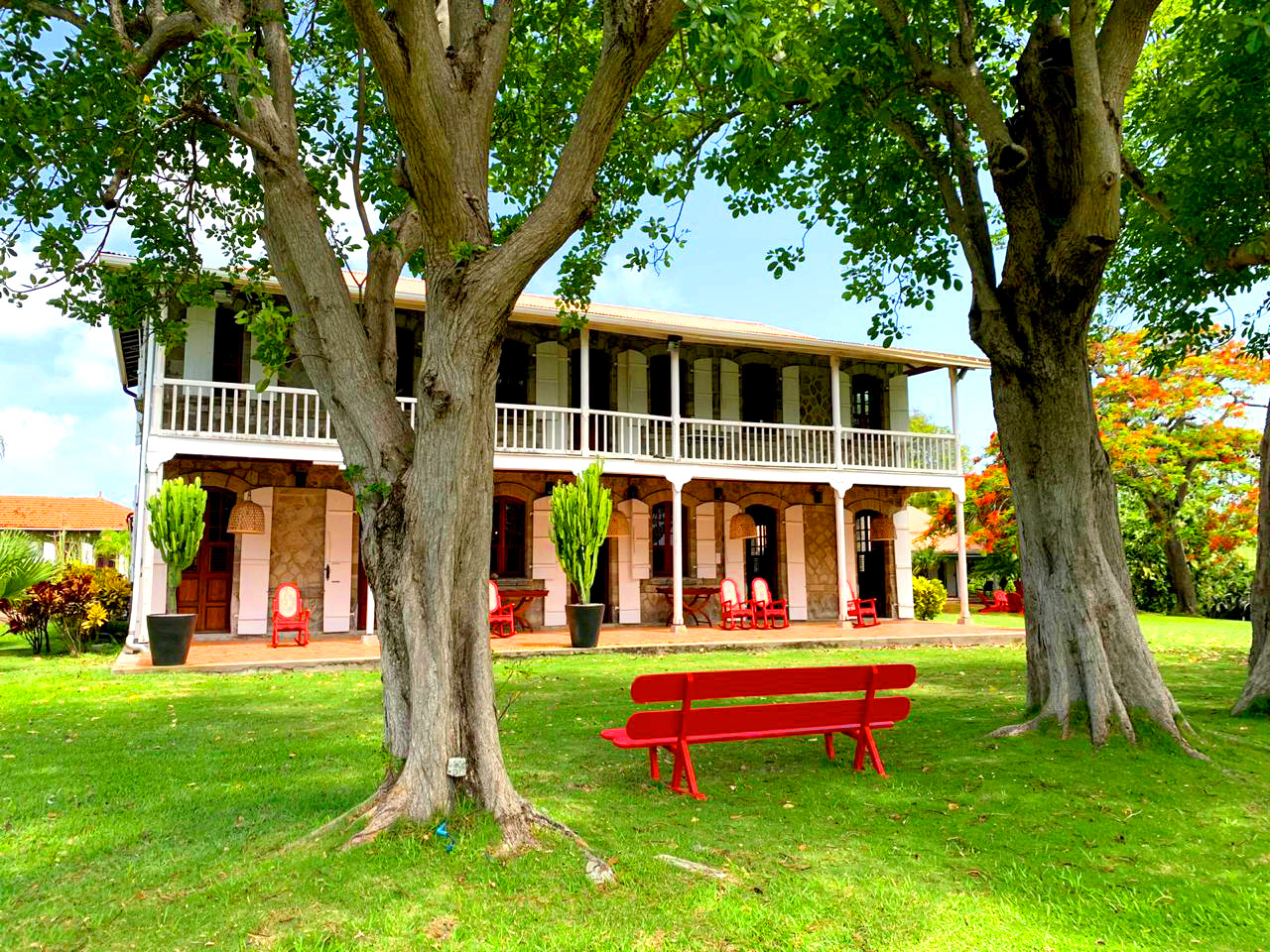
HABITATION DU SIMON is one of the latest addition to martinican distilleries. A1710 – referring to the year of arrival of the founder’s ancestors – is an artisanal distillery who has made its mission since 2016 to marry tradition and modernity.
LE VAL D’OR WINDMILL
AN UNIQUE SITE IN THE CARIBBEAN
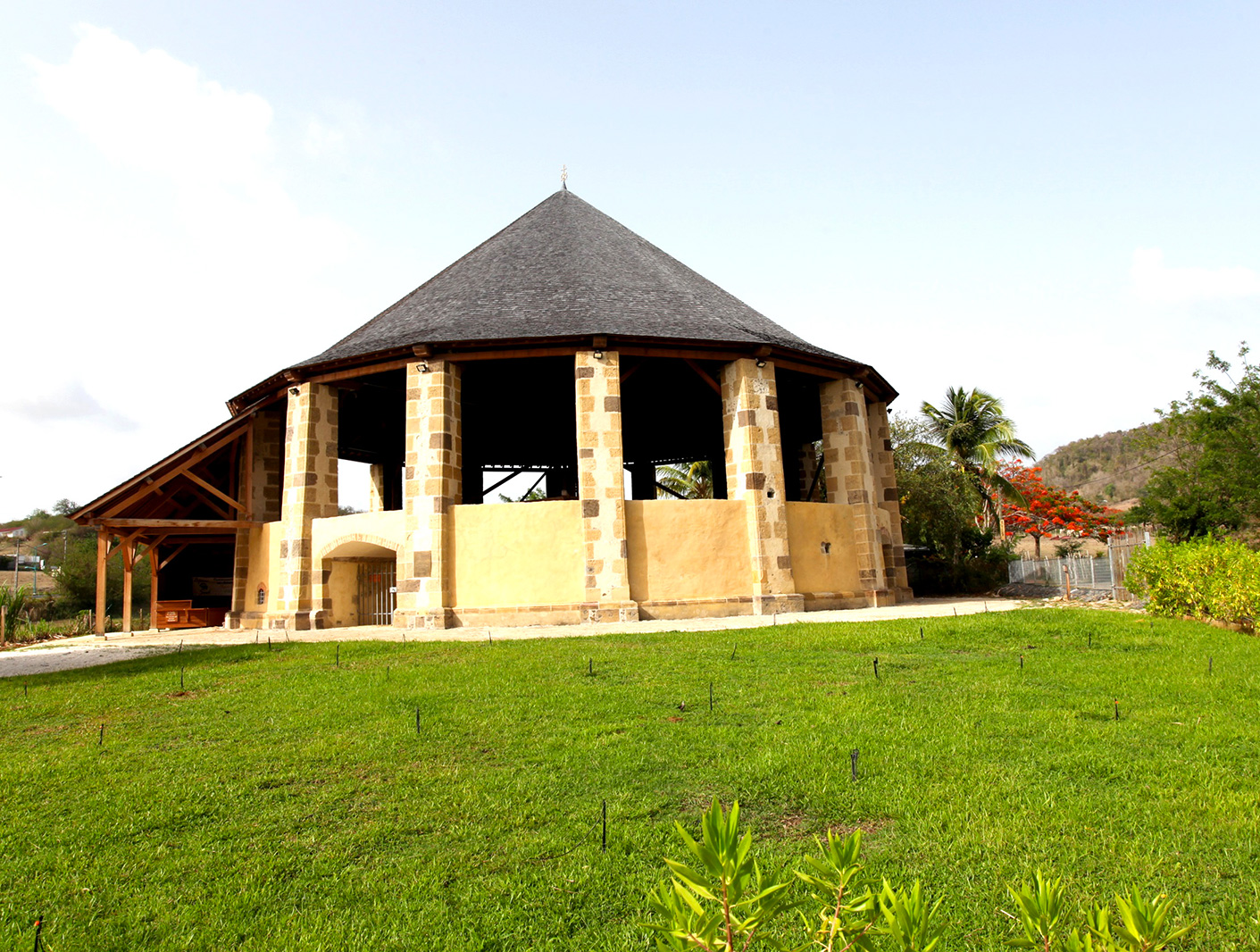
Located in Sainte-Anne, on the southern tip of the island, LE VAL D’OR WINDMILL is a testimony to the sugar making heritage of the 18th and 19th centuries in the south of Martinique. Restoration of the old stone masonry and framework was done in 1993, making it the only functioning storeyed windmill with cattle in the Caribbean.
ECOMUSEUM OF MARTINIQUE
A PREDESTINATED LOCATION TO LEARN ABOUT HISTORY
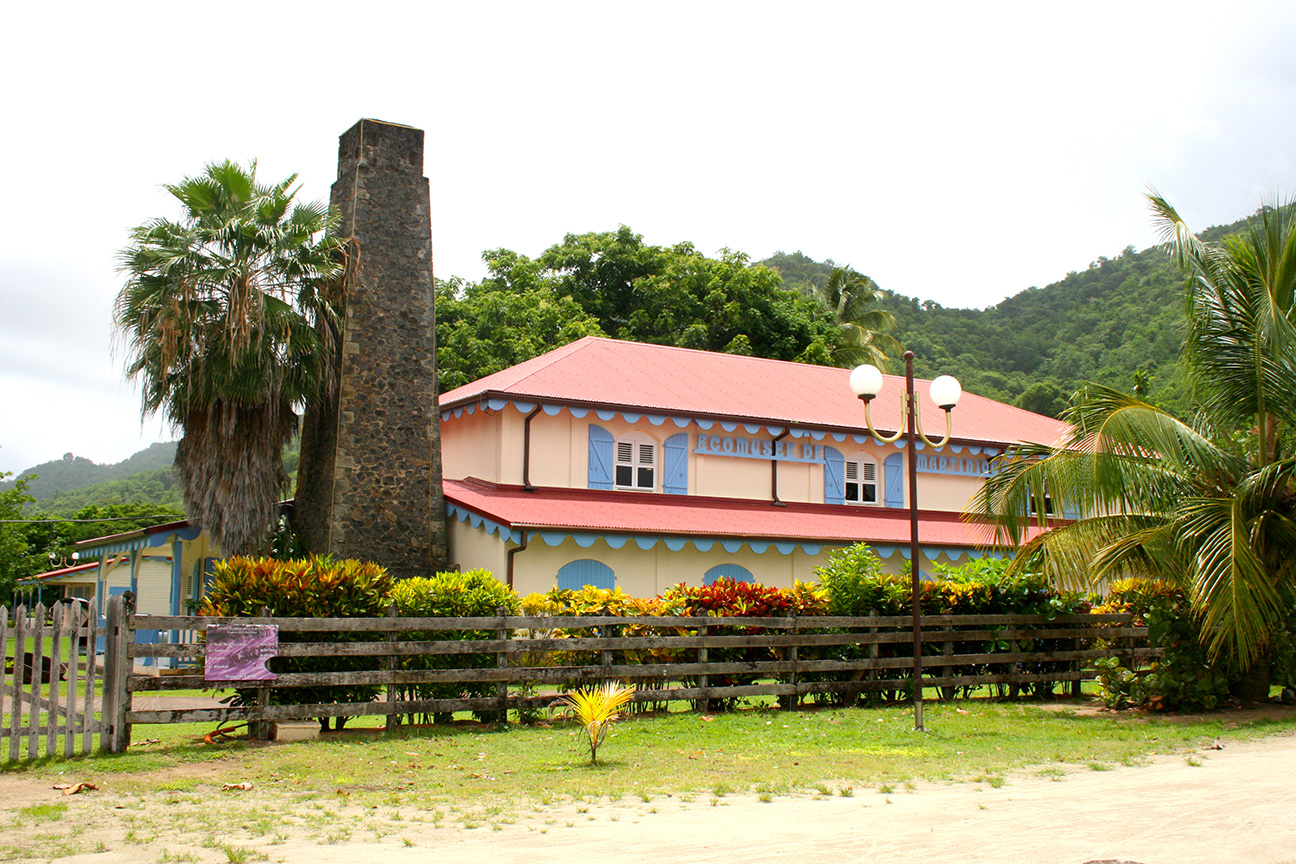
MAISON LA MAUNY,
THE UNDERDOG FROM THE SOUTH
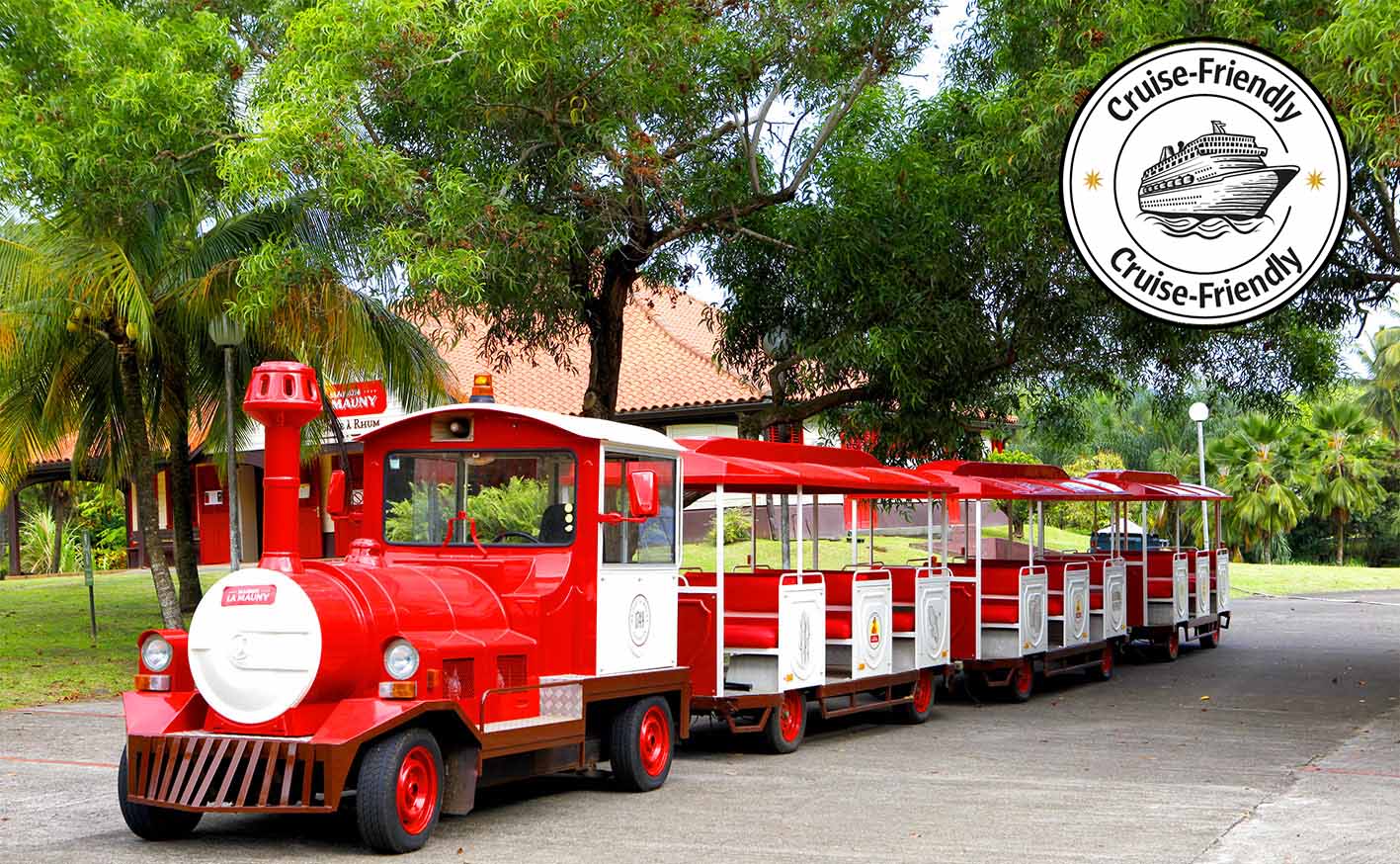
Maison la Mauny is the last “smoking” distillery in the South of Martinique. Its history is deeply linked to the history of sugarcane on the island. True flagship of the spirit, Maison la Mauny live and survive through all the economic and industrial battles of the 19th and 20th centuries. For a long time, it was the embodiment of caribbean rum in the popular imagination, especially through their innovative advertising campaign of the 1950’s.
PLANTATION TROIS RIVIÈRES
HISTORY AND A WINDMILL
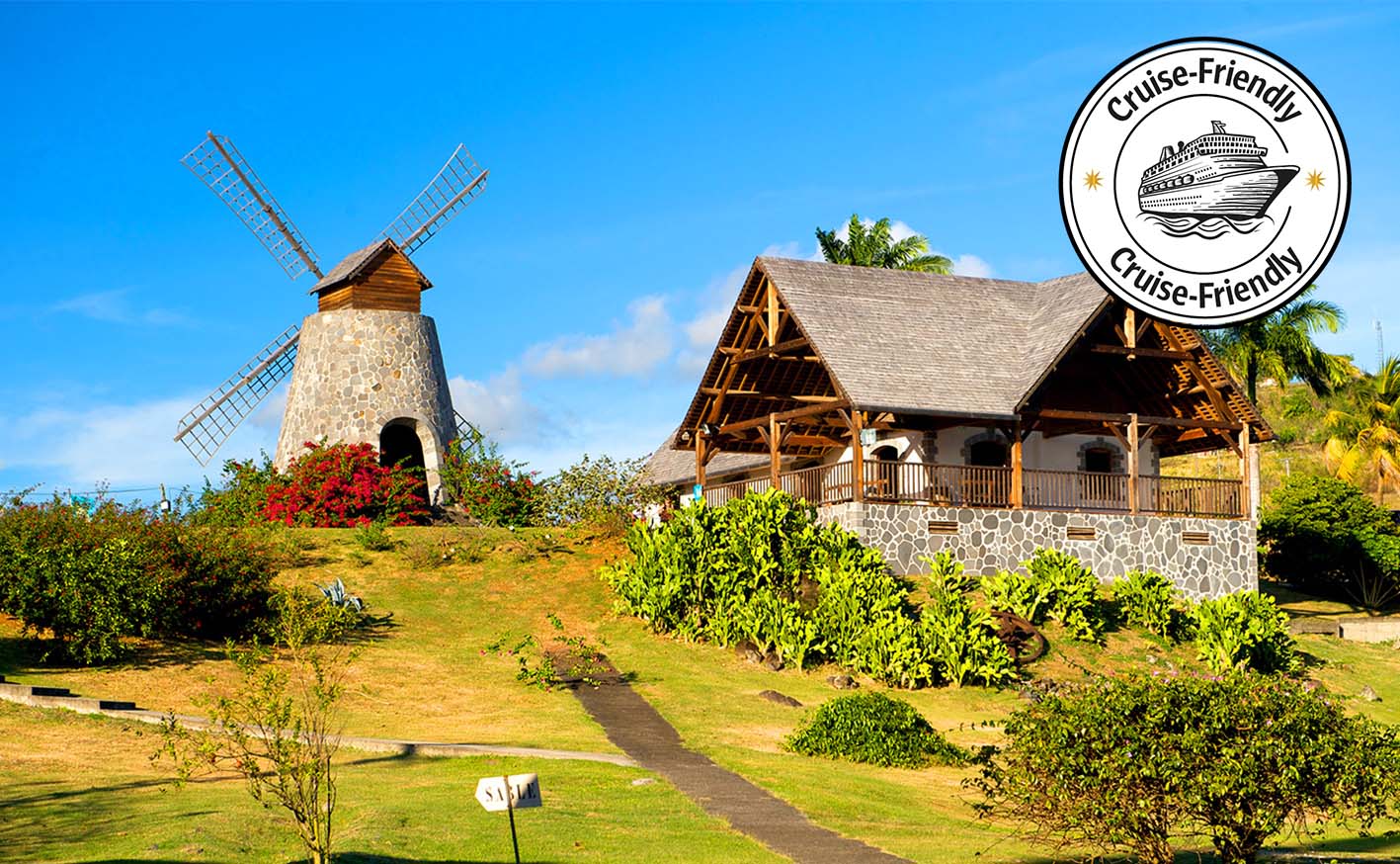
Plantation Trois-Rivières was founded in 1660 by Nicolas Fouquet, then Superintendent of Finances of King Louis XIV. Plantation Trois-Rivières built its reputation around its famous windmill, visible from the road leading to the southern beaches, a true symbol of the brand.
HOUSE OF SUGAR
TELLING THE STORY OF A LAND, A CROP, ITS PEOPLE
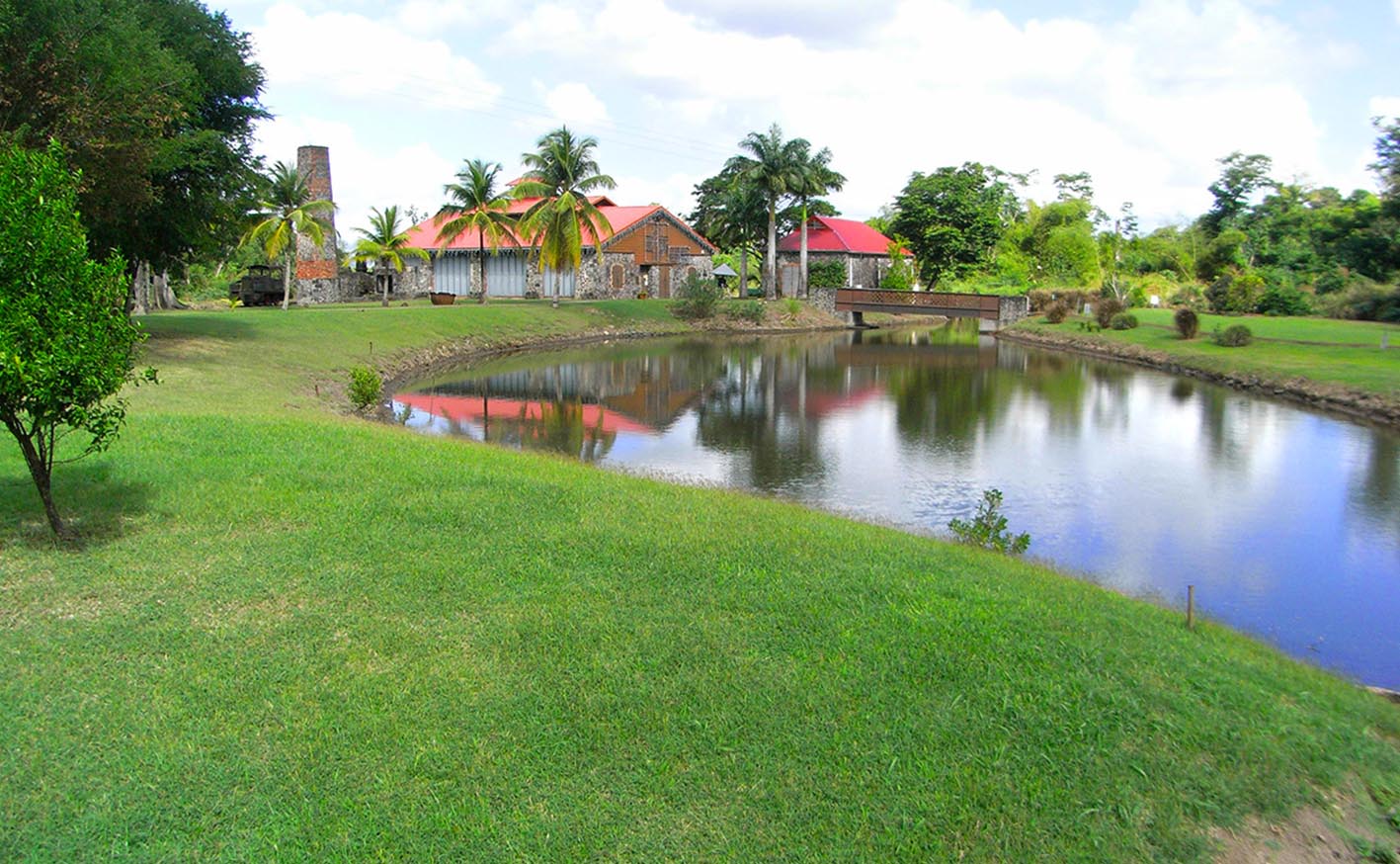
The House of Sugar is a former domain of more than 2 hectares that has been rehabilitated. It symbolizes the renewed interest of the Martinican population towards the importance of its sugarcane heritage.
LA FAVORITE,
A WELL KEPT TRADITION
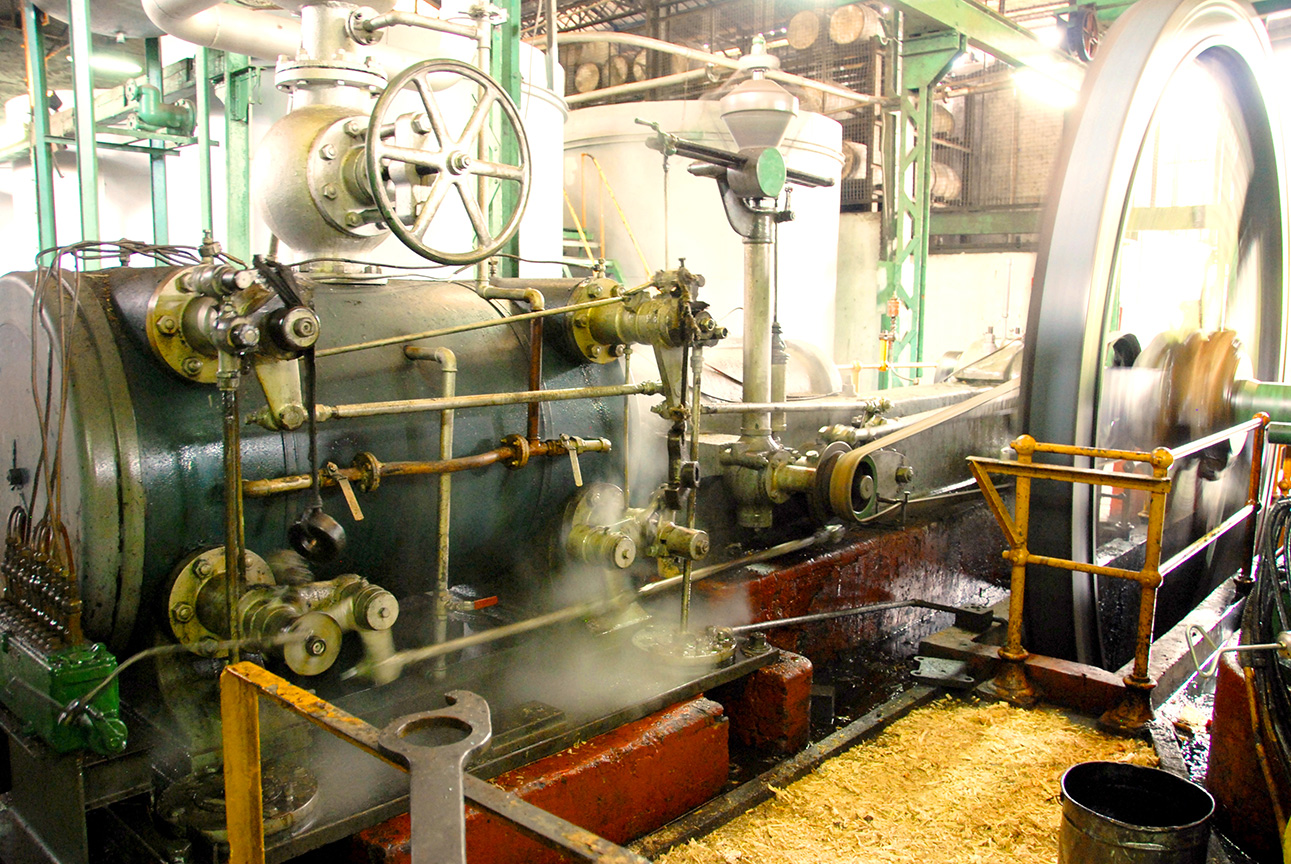
Property of the Dormoy Family since 1905, La Favorite is one of the most traditional distillery in Martinique, one of the rare few that has kept harvesting sugarcanes by hand and the only one to be fully powered by steam.
HABITATION SAINT-ETIENNE
A NOTEWORTHY ARCHITECTURE
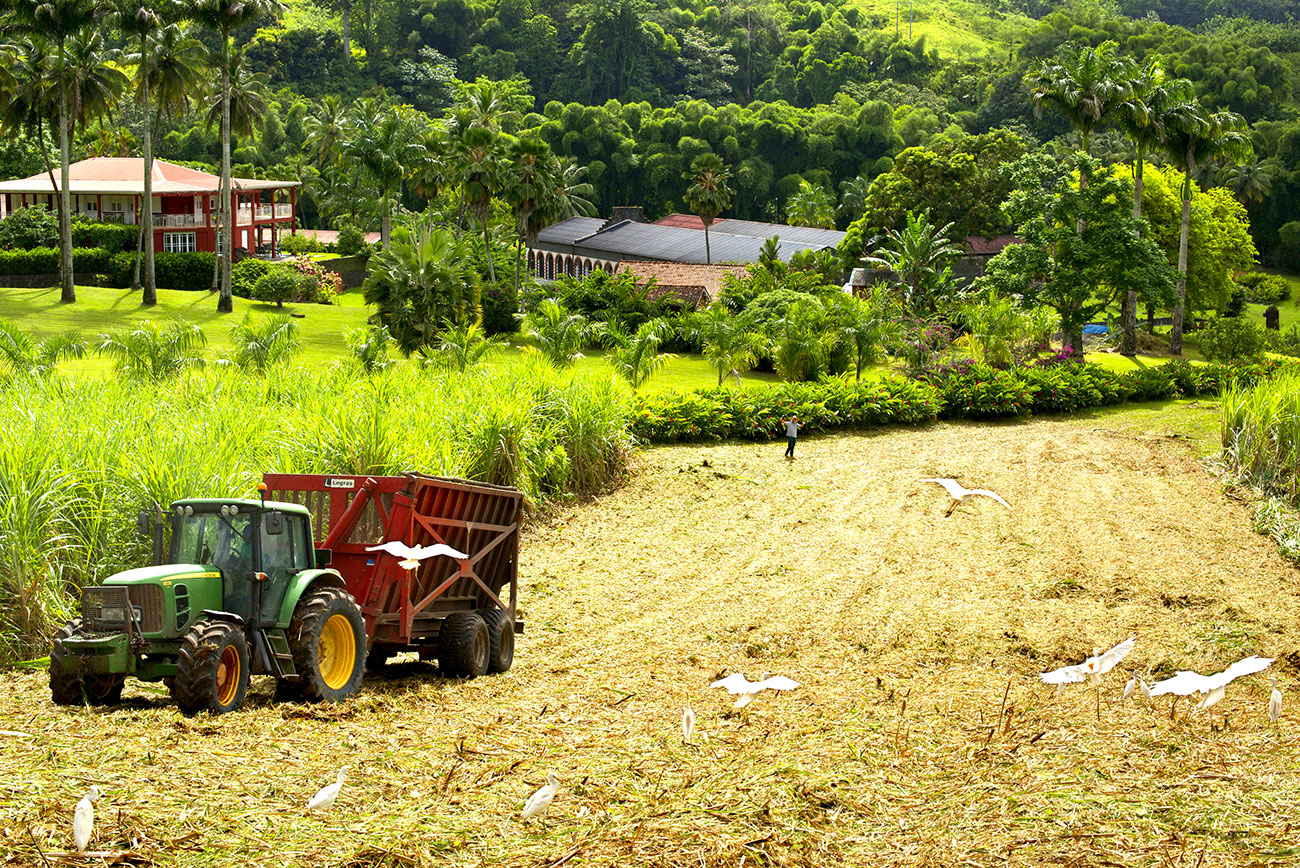
Located in the heart of Martinique in the city of Gros-Morne, Habitation Saint-Etienne stretches along the Lézarde river. A beautiful and noteworthy architectural ensemble typical of the industrial esthetics from the 19th century, the habitation and its machines are classified as French Historic Monuments. Its landscaped park is labeled “Outstanding garden’.
NEISSON DISTILLERY
RENOWNED FOR ITS KNOW HOW
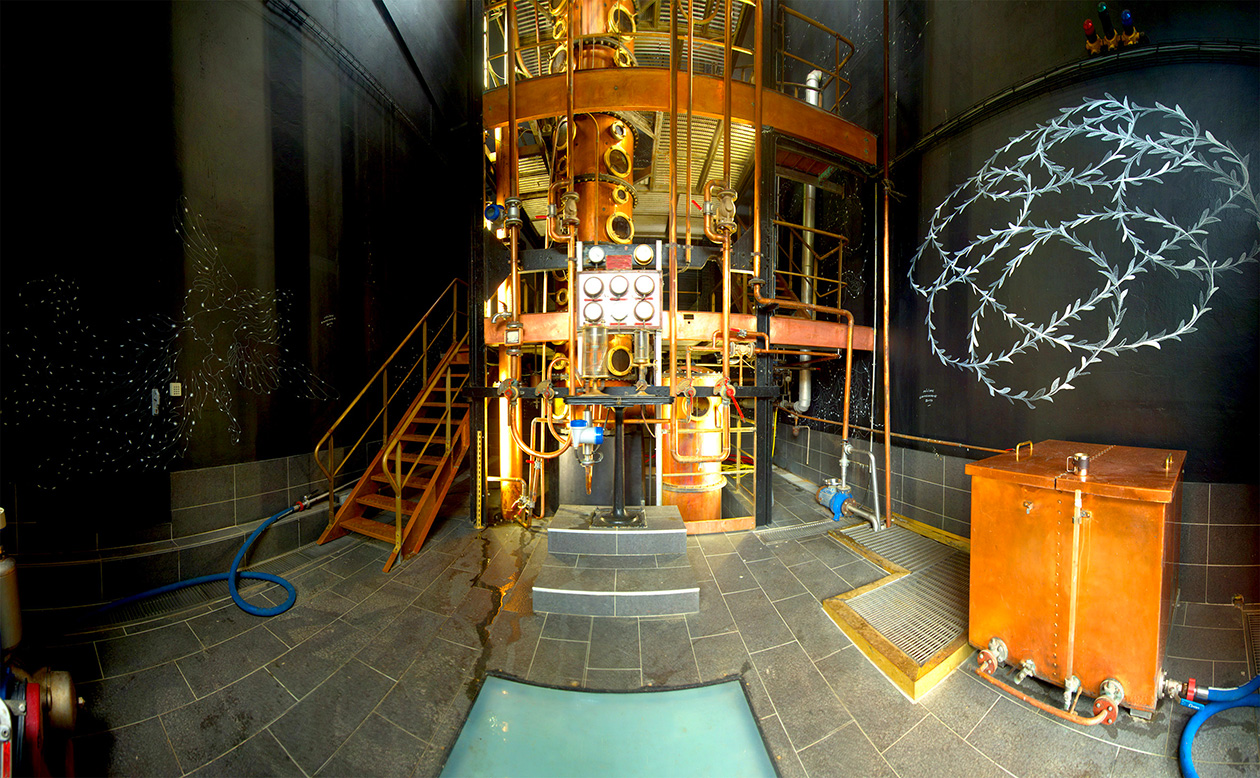
The Neisson Distillery is first and foremost a family affair.From its inception in 1931, three generations have succeeded each other with the same pride, independence, and unwavering commitment to the pure martinican tradition of rhum agricole. It has been distinguished in 2018 by the prestigious label “Entreprise du Patrimoine Vivant” which recognizes its respect toward tradition, their ambition toward innovation, the choice of transmission and excellence.
LE CHÂTEAU DEPAZ,
AN INCREDIBLE DESTINY AND AN EXCEPTIONAL SITE
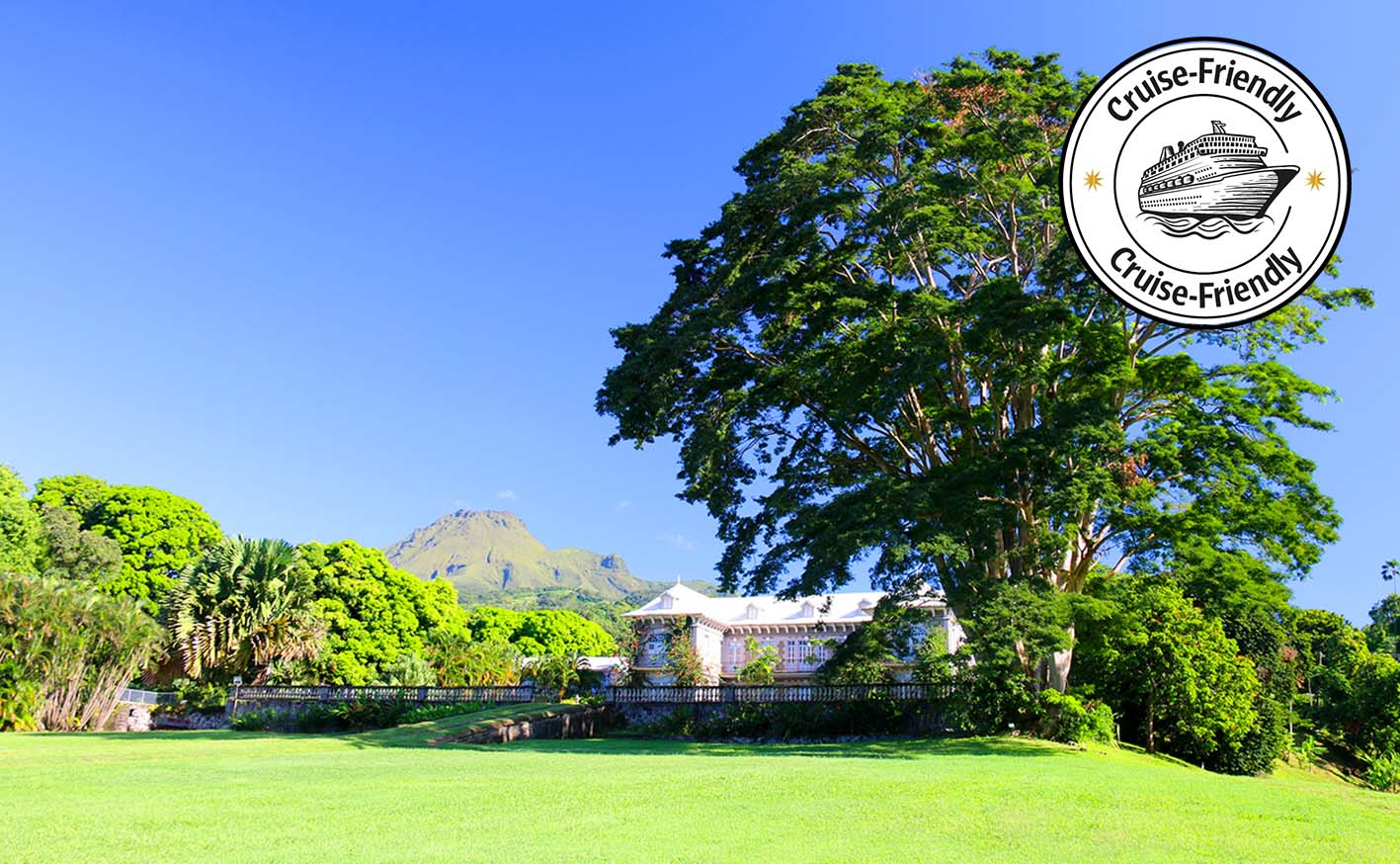
The domain’s origins trace back to Jacques Du Parquet, first governor of the island, who founded the habitation called La Montagne (The Mountain) in 1651. Its history could have ended in 1902 during the tragic volcanic eruption of Mount Pelée. Fate decided otherwise. Le Château Depaz is a beautiful halt, on the road to the North West of Martinique. Website Château Depaz
RHUMERIE BRAUD & QUENNESSON,
THE WORTHY HEIR OF THE MARIN FACTORY
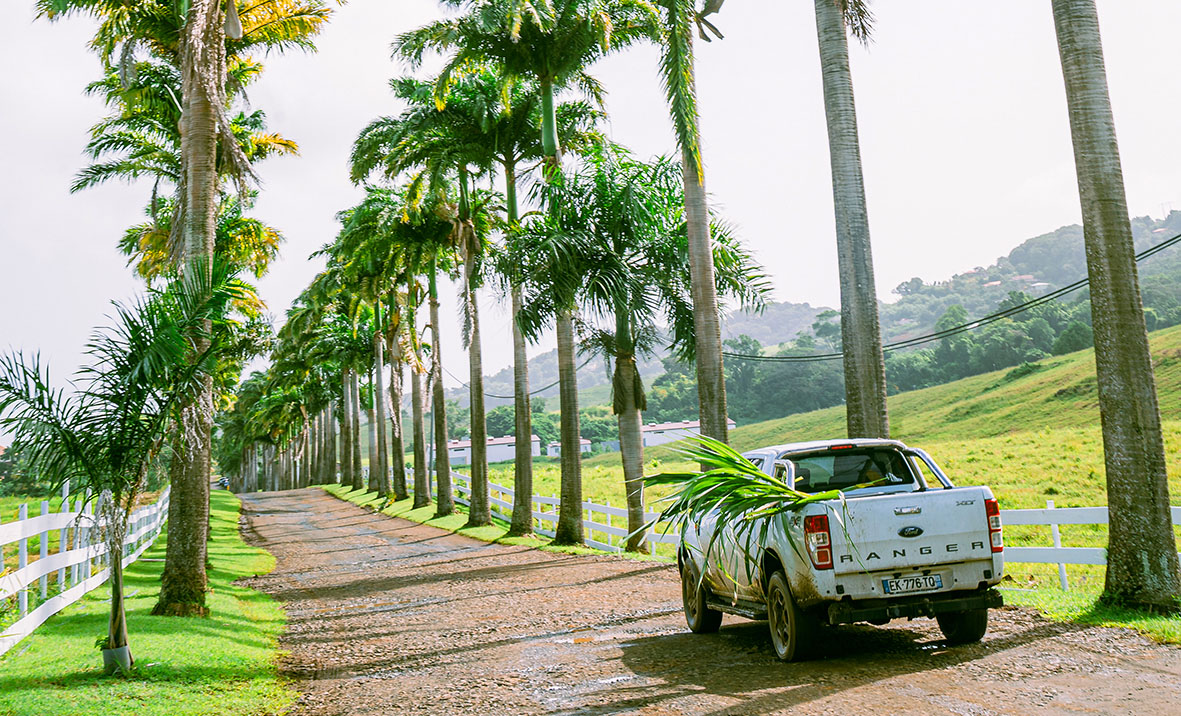
It’s a story of rebirth ! Rebirth of the Marin factory. Founded in 1866, after the abolition of slavery, then closed in 1970, the factory come back to the forefront of the rum in 2022. It’s now house of a rum distillery, Braud & Quennesson which draw its nectar from the sunniest sugar canes in Martinique.
HABITATION BEAUSÉJOUR,
THE BEAUTY OF THE NORTH WITH MANY ASSETS
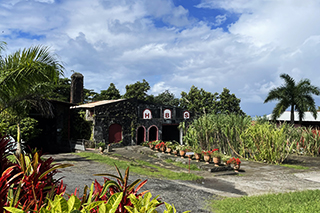
A classification as historical monuments since 1996, a daring choice of a still rather than a column for the production of its rum, a geographical location in the extreme north of the island, in the heart of a dense tropical forest… The house Beausejour and HBS rum have more than one asset to seduce and delight the eyes of visitors.

Sugarcane and Martinique
An incredible 400 years sagaSugarcane expanded itself through the world with different waves of conquest. In Martinique, it is more than just a crop, it is the central element around which the whole society was built and modeled.
History of a crop without compare
Few living organisms have known throughout the centuries as many crossings, mutations and hybridations as the sugarcane.
It’s the world’s most cultivated plant by tonnage, well ahead of wheat and rice. It is used not only to produce sugar, but also to manufacture all kinds of products, from ammunition to perfume, from vinegars to preservatives.
Sugarcane can survive years when left in the wilderness. Its’ lifespan in an exploitation varies between 5 to 10 years.
A CROP THAT IS GOOD FOR THE PLANET
Sugarcane improves air quality.
Its metabolism absorbs CO2 and rejects more oxygen. It utilizes what is called a C4 photosynthetic pathway. 20% of the CO2 produced by the island’s cars is absorbed by sugarcane fields ! It also plays an important role in terms of protection and improvement of soil quality.
It prevents erosion, enriches the soils with quality minerals and improves their fertility thanks to the vegetal waste that it produces.

Privacy policy / Legal mentions – ©2021– CODERUM Martinique – Distillers of Excellence promoting the World Capital of Rhum.
Usine Soudon Route du Vert-Pré – 97232 Le Lamentin / +596 596 51 93 35 / coderum97@gmail.com
Conception/ rédaction : agence Mots d’ici Photo credits / all rights reserved
